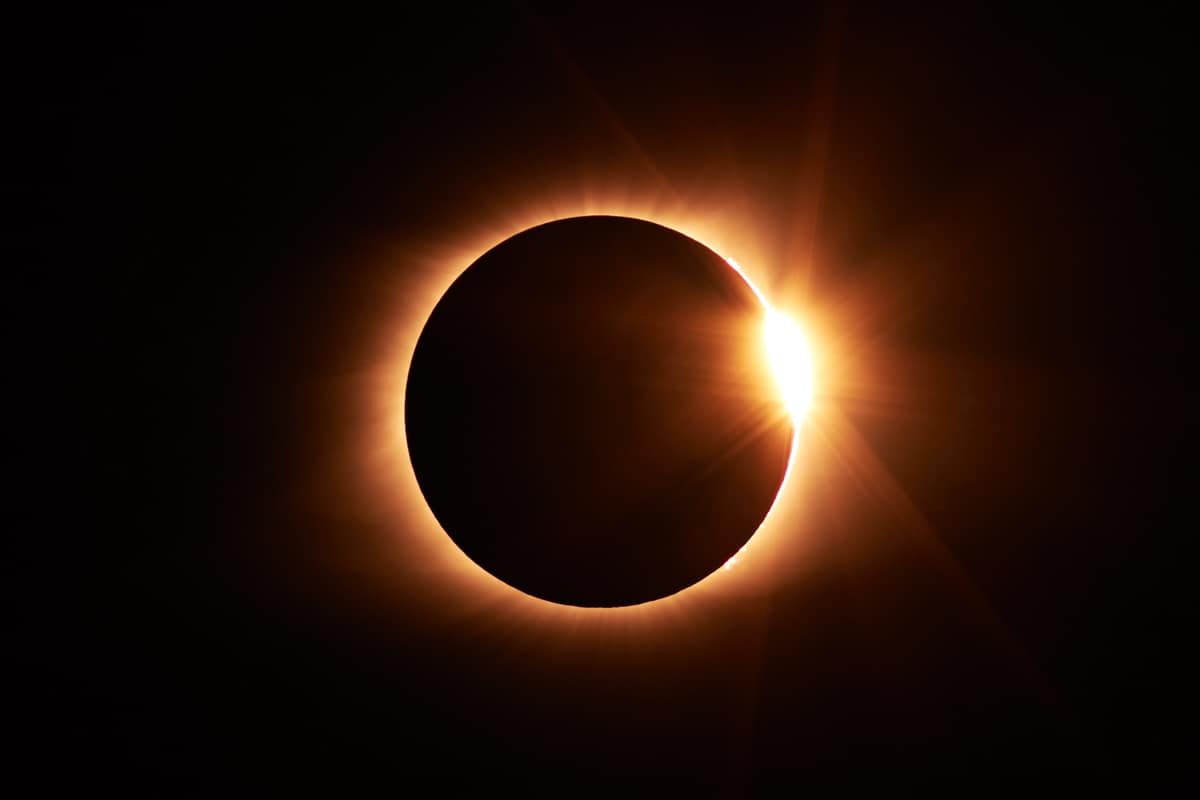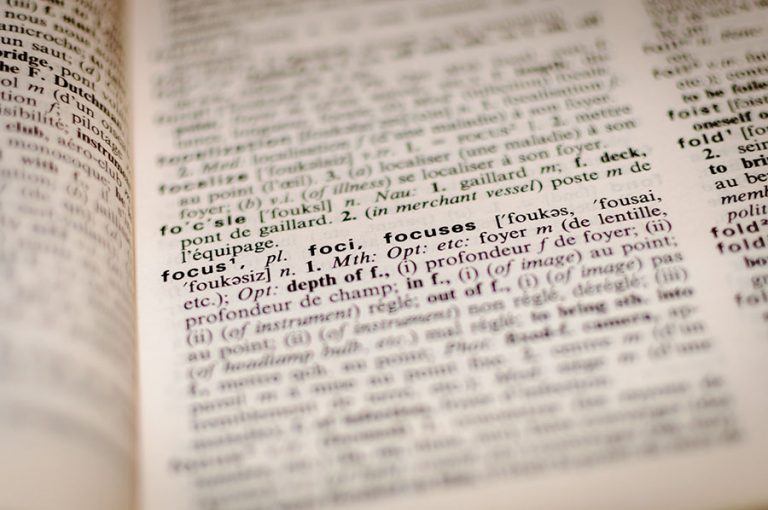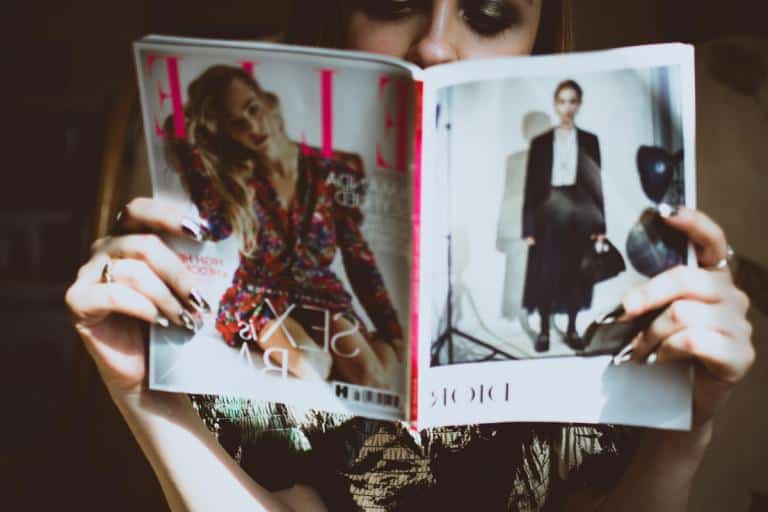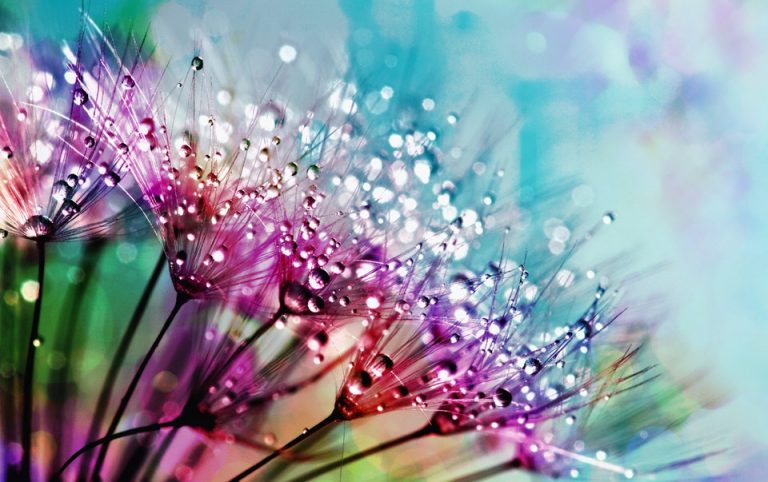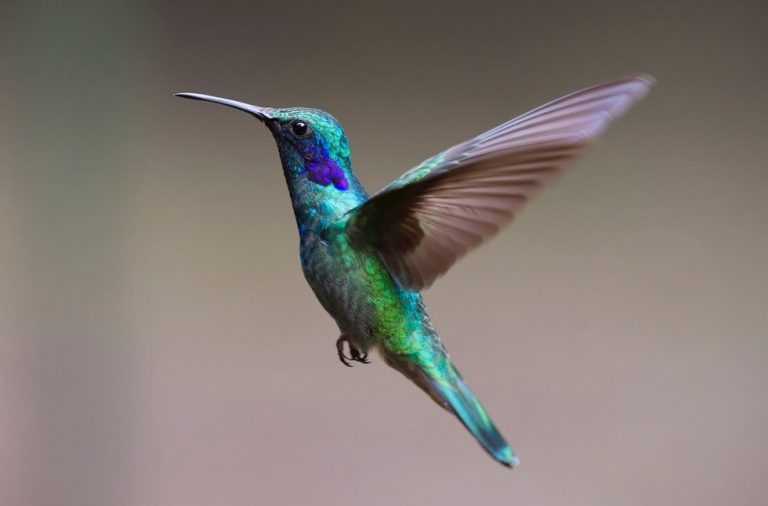Have you ever wondered how on earth solar eclipse photography is possible when you aren’t supposed to look directly at the sun? After all, you’re going to need to make sure your camera is pointed at the sun and that the sun is in focus before you take a photo. And what about your camera, will that be damaged from an eclipse? Don’t you worry, we’ve got answers to some of your burning questions!
If you’re like me, astronomy has always held a special place in your heart. You love hearing about the incredible milestones space agencies around the world are reaching, from the first trip into space, to the first international space station, and to the first trip outside our solar system. You are especially enthralled with the photographs of astronomy events like solar eclipse photography, and extraterrestrial planets, galaxies, and stars. These photographs are just as beautiful as the magnificent landscapes around the world. The stunning images of places outside of our little green and blue globe captures your imagination and heart in a totally new way.
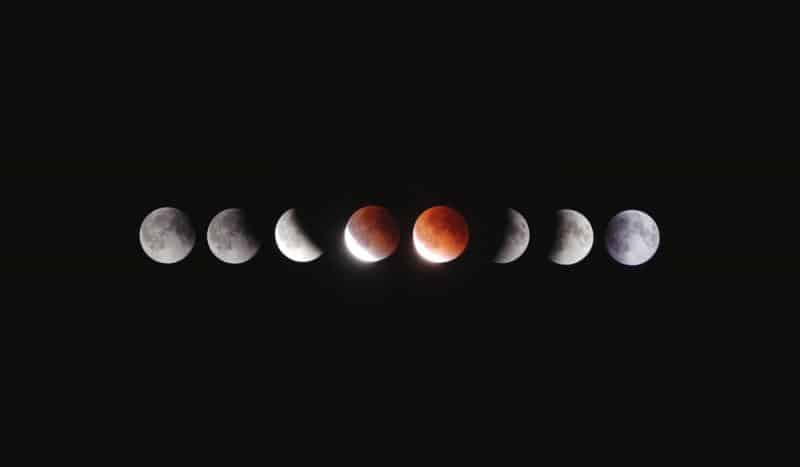
I never dreamt as a child that I might be capable of capturing some astronomy photography myself. Admittedly I won’t get the opportunity to capture close up photos of other planets, but I do have the opportunity to capture the sun and the moon at their most glorious shining moments (pun intended)! I want to make sure you too have the photography knowledge to record some upcoming solar and lunar eclipses!
Can a solar eclipse damage your camera?
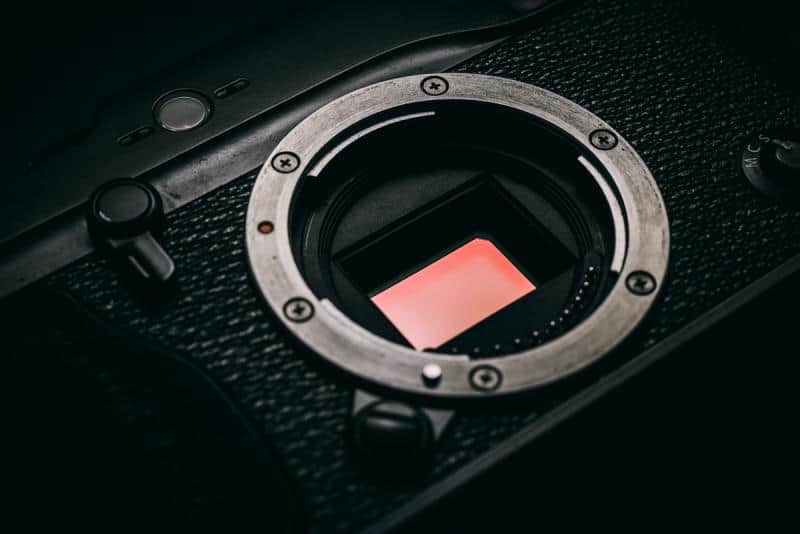
Before I talk about your camera, I quickly need to talk about your eyes. Just a quick glance at the sun isn’t too bad as it will leave you with a floating splotch in your vision for a few minutes, but longer glances can be harmful. Damage can come in the form of entire sections of your vision blurred out, which can be “temporary”, lasting weeks and months, but in some cases it is permanent. So be very careful with your eyes during solar eclipses. Looking through the few pieces of glass in your camera WILL NOT protect your eyes from the sun’s radiation.
Now, let’s talk about your camera during a solar eclipse. Just like your eyes, your camera needs protection while pointing up at the sun. Left unprotected, the sun will burn parts of your camera, and unlike your eyes your camera has no chance of slowly healing over months time. Pointing your camera up at the sun can burn your camera sensor, burn the shutter, and melt the aperture blades. So how do people get eclipse photos when pointing your camera at the sun can damage it so thoroughly?
What equipment do I need for lunar or solar eclipse photography?

The first and most important piece of equipment you need for solar eclipse photography is a solar filter, not to be confused with a UV filter. A UV filter is a clear piece of glass that blocks ultraviolet rays from entering your lens. Sidenote: old film cameras were extremely sensitive to UV rays which left a blue haze on photos. Today’s digital cameras are not sensitive to UV rays anymore, so you arguably don’t need a UV filter. However a UV filter does provide the benefit of protecting your lens from dust and scratches.
So many types of photography filters exist, learn a little more about neutral density filters here.
A solar filter is a dark, almost opaque filter that blocks most of the light from entering your lens. This will prevent the light from damaging the camera’s aperture blades, shutter, and sensor. Please be careful with any DIY options out there, you don’t want to risk ruining equipment that you can’t afford to replace if the filter fails you. Proper solar filters are made of black polymer, aluminized polyester film, or metal on glass. It is important to use the solar filter on the front side of your lens, not between the lens and your eye.
The only other recommended equipment is a tripod, and a telephoto lens. You will need to do a long exposure to let enough light enter the camera, hence why you need a tripod. You can do solar eclipse photography without a telephoto lens, however the sun won’t look very big in your image. It might also be hard to capture the details of the sun with other landscape elements to compete for the viewer’s attention. Of course you can crop your image to only show the sun, but the image loses some quality that way and it might make grain much more noticeable.
Confused about what a telephoto lens is? It’s only one of 6 types of camera lenses.
How do you capture a solar eclipse with a camera?
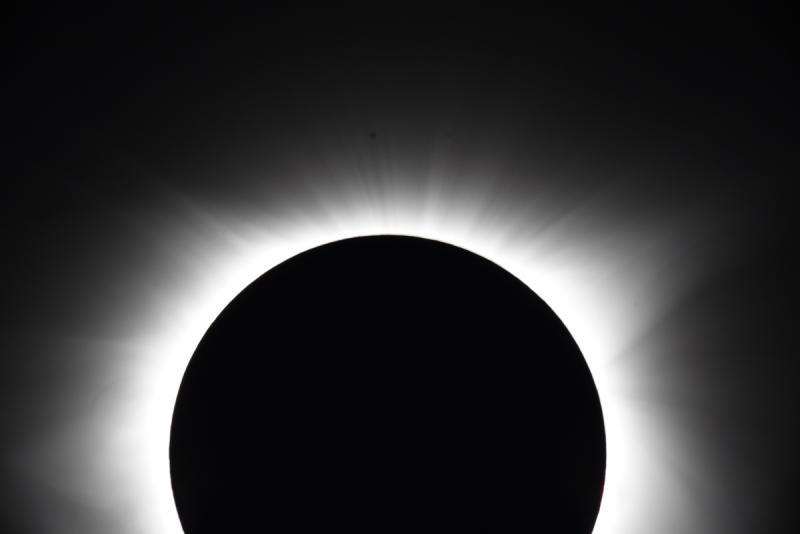
In solar eclipse photography, choose a location where the sky is free from power lines and tree branches. Location is more important if you’re shooting with a wider angle lens where the landscape is visible in your shot. Once you reach your location, attach your solar filter to the front of your lens before you do anything else. Next, set up your tripod. As long as your camera is not a rangefinder camera, you can look through the viewfinder to locate the sun and get it in focus. Rangefinder cameras are different from other cameras because the hole through which the viewfinder sees is from a different spot than the lens. Your eyes are not protected by the solar filter when you look through the viewfinder in rangefinder cameras.
Keep your ISO low so as to minimize the amount of grain that might show up in your image. The solar filter limits light entering the lens, so keep your aperture close to wide open to let in as much light as possible. With the solar filter you will need to compensate with longer shutter speeds. Start with 5 second exposures and adjust the shutter speed according to the result. As the moon covers more and more of the sun, adjust your shutter speed (or your ISO) to account for reduced light. You don’t want super long shutter speeds or else your lose some crispness due to the moon’s movement. The totality is when the sun is completely covered by the moon. This is the only time of the eclipse where it is safe for your camera to take the filter off.
How do you capture a lunar eclipse with your camera?
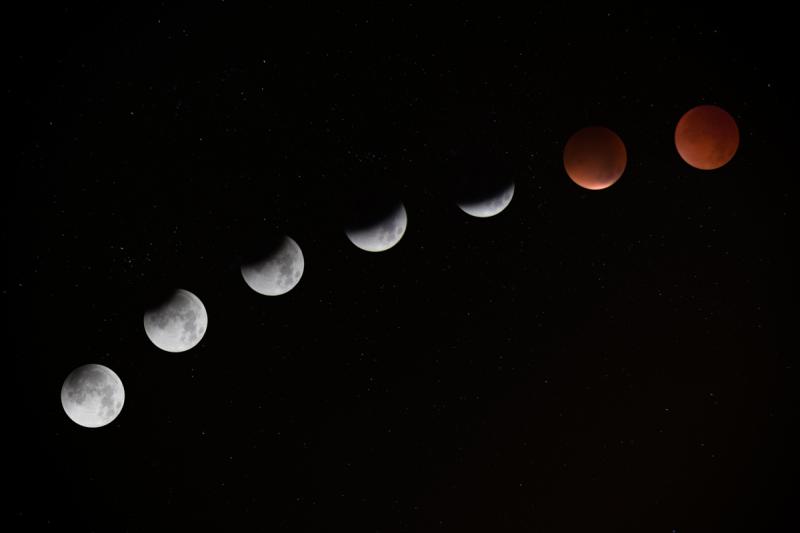
Photographers rejoice, lunar eclipse photography is slightly less complicated than solar eclipse photography! There is no need to bother with filters, so no chance of ruining your camera with lunar photography. For those that didn’t already know, a lunar eclipse happens when earth’s shadow passes over the surface of the moon. Like solar eclipses, this event is brief and the totality only lasts a few minutes.
The set up for lunar eclipse photography is similar to it’s solar counterpart. A tripod will be needed, and a remote shutter release is an optional but helpful tool. Once you have the moon in focus adjust your settings to a wide aperture and long shutter speed. Shutter speed will vary throughout the eclipse’s progress.
With both lunar and solar eclipse photography change your lens to manual focus when shooting so that your camera doesn’t have to refocus with every shot. Bring extra memory cards and batteries, you don’t want to be caught with a full card or a dead battery during such a rare event. Some photographers will bring a remote shutter release to prevent camera shake for the crispest image.
Missed the lunar eclipse? Try your hand at starry night shots!
Enjoy the moment
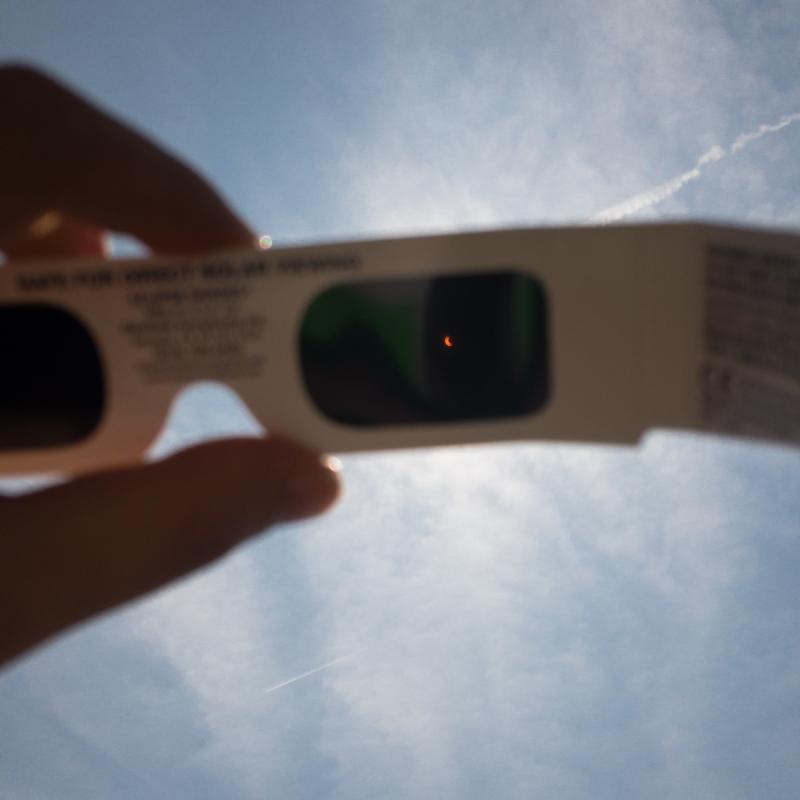
Take some time to enjoy yourself to and be present during an eclipse. Observe the totality with your own eyes and revel in this rare moment! It can take years before another eclipse might be visible, and even then there is no guarantee you’ll be able to witness it. Pesky clouds can get in the way of seeing the sky. Eclipses path of totality often don’t coincide with where you live, so appreciate it when it does. Getting amazing shots will definitely be a priority but don’t get stuck behind your camera for the whole thing.
